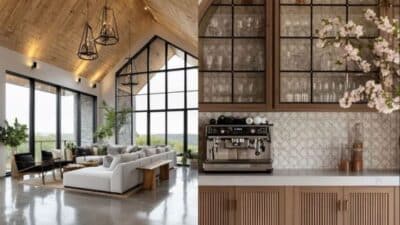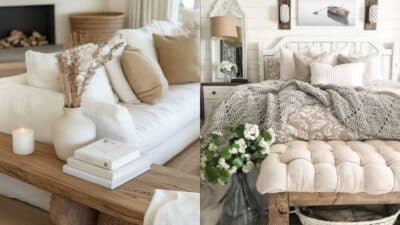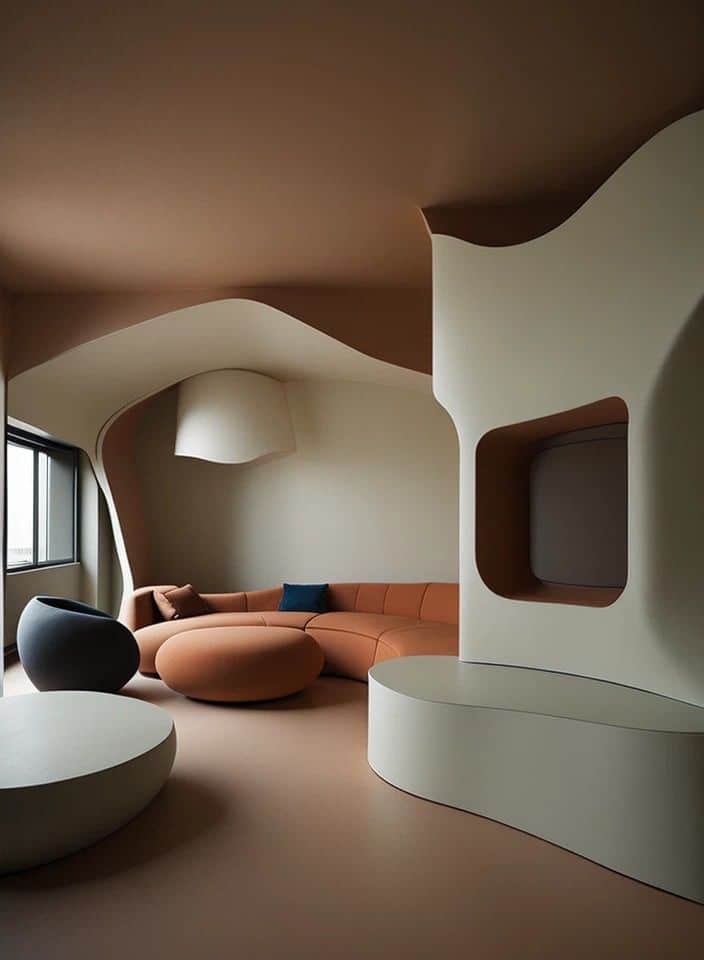
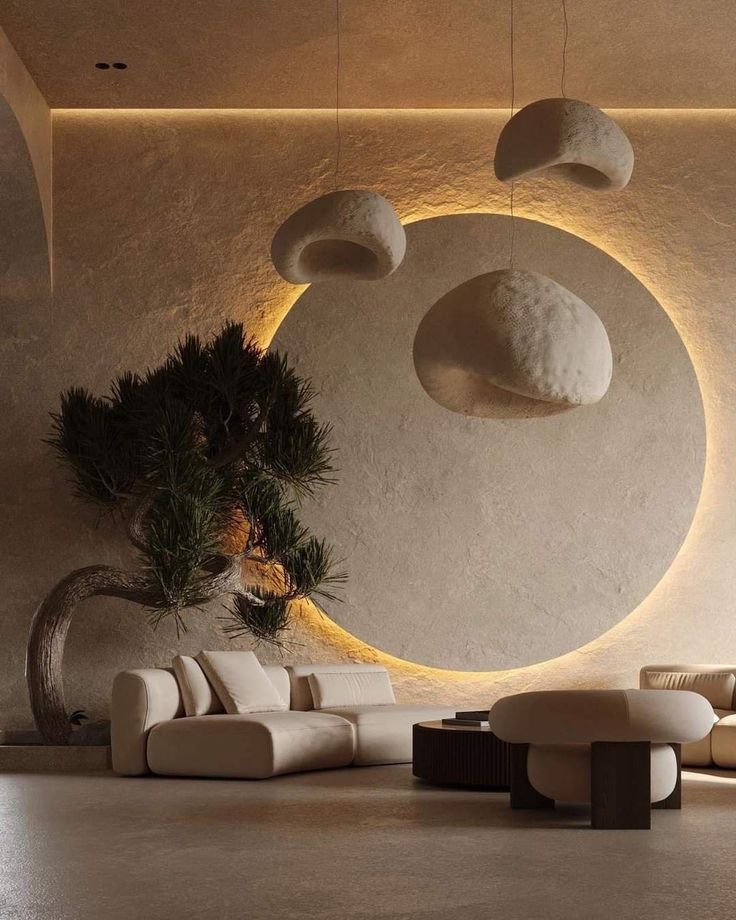
Interior design is always changing as new ideas and materials become available. Innovative interior concepts focus on combining creativity and function to make spaces better. These concepts help create environments that are both stylish and practical.
Designers now use smart technology and unique materials to transform rooms. This can mean better lighting, clever storage, or flexible layouts that fit modern living needs. Such approaches make homes and offices more comfortable and efficient.
Understanding how innovation works in interior spaces can inspire fresh ideas. It’s about blending old and new in ways that improve daily life and reflect personal style.
Key Takeaways
- Innovative interiors balance style with practical use.
- New materials and technology change how spaces function.
- Flexible design adapts to different needs and lifestyles.
Defining Innovative Interior Concepts
Innovative interior concepts focus on creative solutions that improve space use, functionality, and style. They often blend new materials, technologies, and design methods to create environments that are both practical and visually appealing.
Key Characteristics
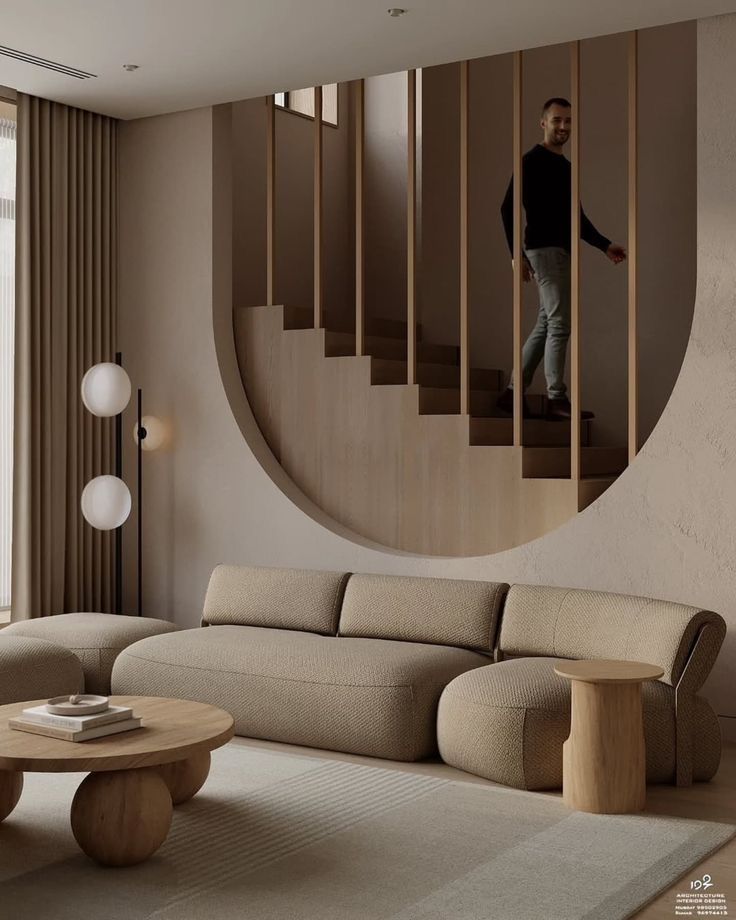
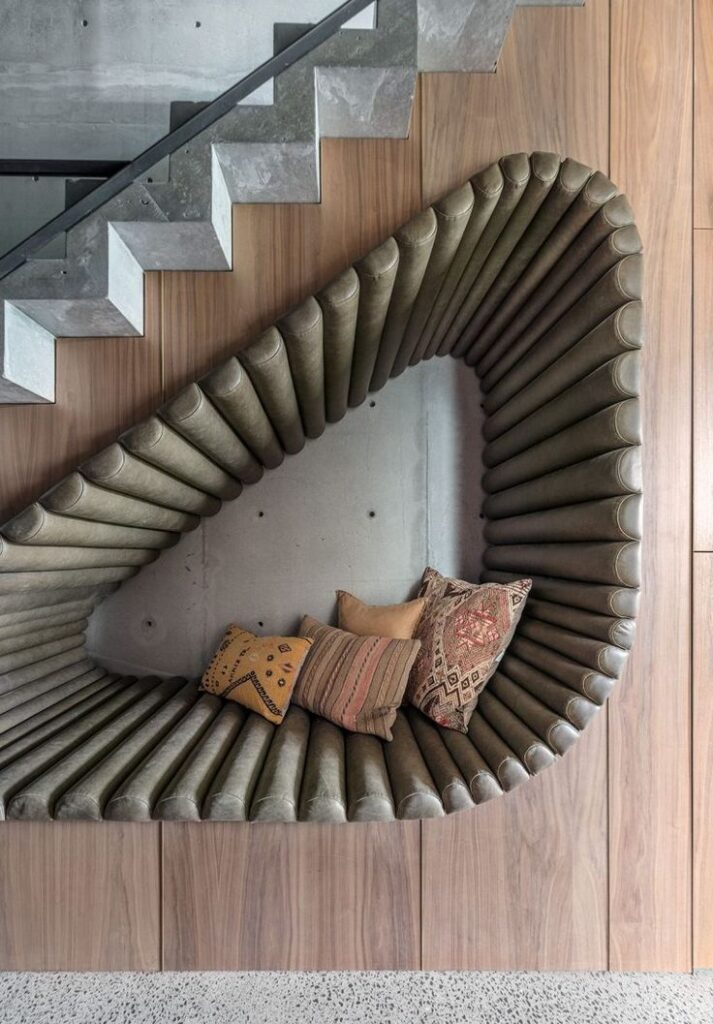
Innovative interiors feature adaptability, allowing spaces to change based on needs. They use smart technology for lighting, climate control, or security, making homes or offices more efficient.
Sustainability is a major trait. Designers favor eco-friendly materials and energy-saving designs. This reduces environmental impact while improving comfort.
A mix of aesthetics and function is common. Clean lines, open layouts, and minimal clutter create calm spaces. Bold accents or unexpected materials add interest without overwhelming.
Importance in Modern Design
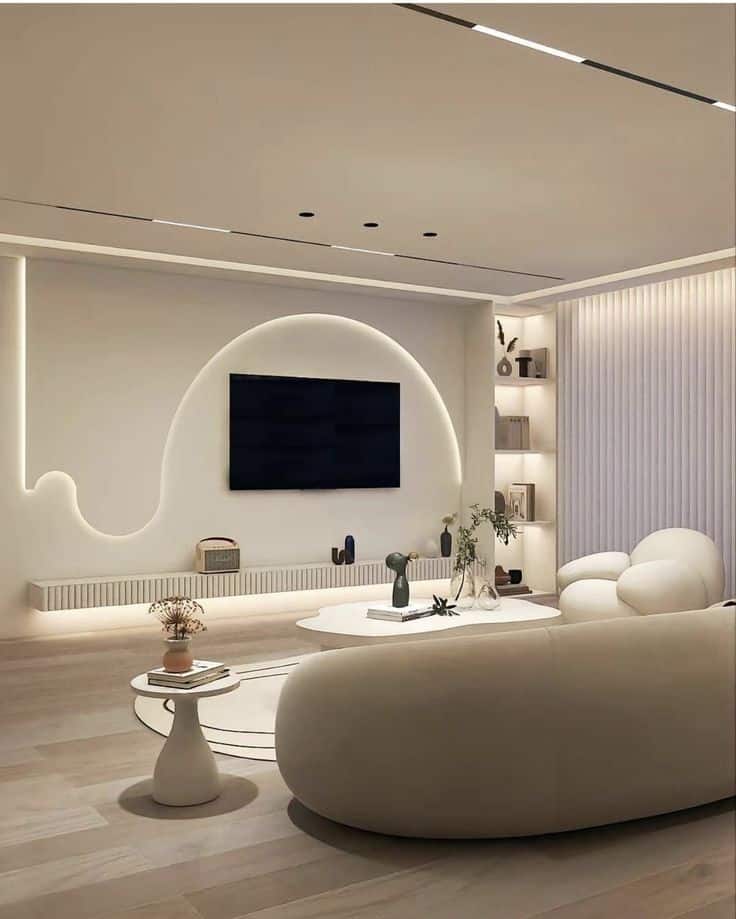

Modern design values innovation because people want spaces that work better and look good. Interiors that respond to lifestyle changes help users save time and reduce stress.
With more work happening at home, flexible rooms are essential. Innovative design helps transform areas from offices to relaxation spots quickly.
Sustainable elements in these interiors support global efforts to reduce waste and pollution. Buildings using less energy save money, appealing to budget-conscious owners.
Core Principles
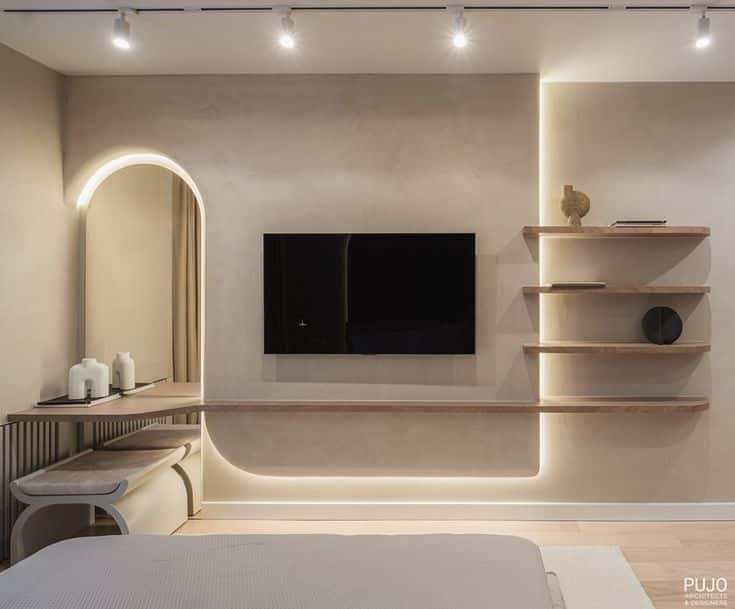
Functionality is key. Every part of the design serves a purpose, avoiding wasted space or unnecessary details. It enhances usability and comfort.
Technology is integrated thoughtfully, not just for show. It should improve daily life by simplifying tasks like lighting or heating control.
Materials are chosen for durability and environmental impact. Recycled or renewable products are preferred. Designs also allow natural light to reduce electricity use.
Flexibility supports future needs. Modular furniture or moveable walls let users adapt spaces over time without major renovations.
Emerging Trends in Interior Innovation
Innovative interiors focus on improving how spaces work through new tools, smart choices, and adaptable designs. This helps create homes and offices that are efficient, eco-friendly, and able to change with users’ needs.
Smart Technology Integration

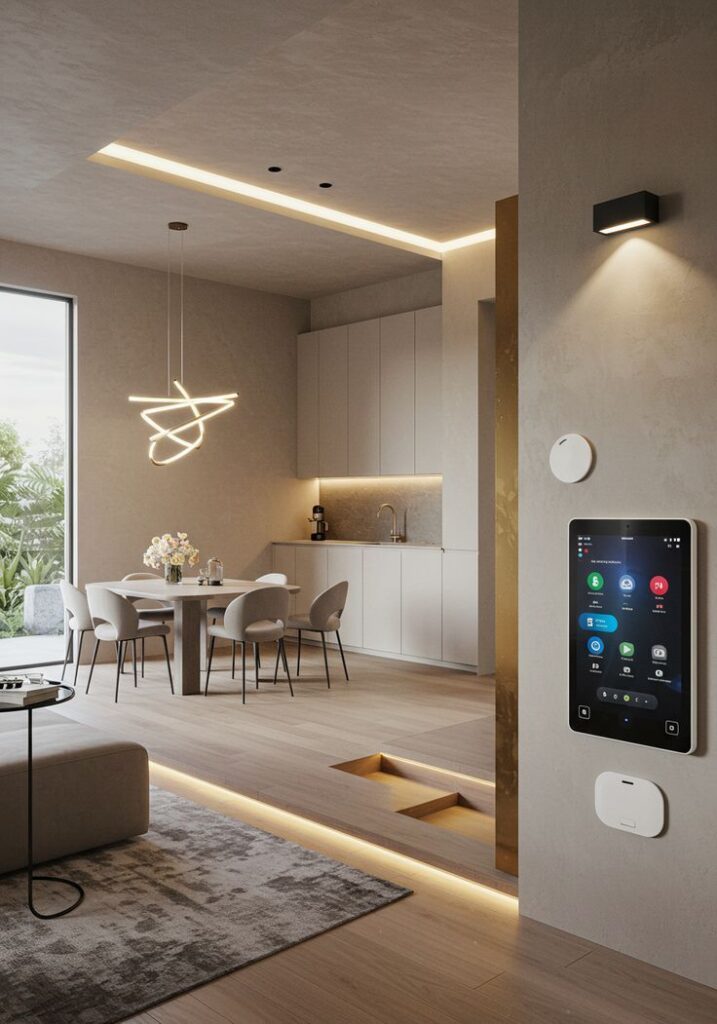
Smart technology changes how people interact with their interiors. Devices like voice-controlled lighting, automated thermostats, and security systems make life easier and more energy-efficient. For example, sensors can adjust lighting based on natural light, reducing electricity use.
Home assistants and smart hubs connect multiple devices for seamless control. Integration with smartphones allows users to manage these systems remotely. This enhances comfort, saves time, and lowers utility bills.
Technology also supports health, such as air quality monitors that detect pollutants and adjust ventilation. These features make smart homes healthier and safer.
Sustainable Materials
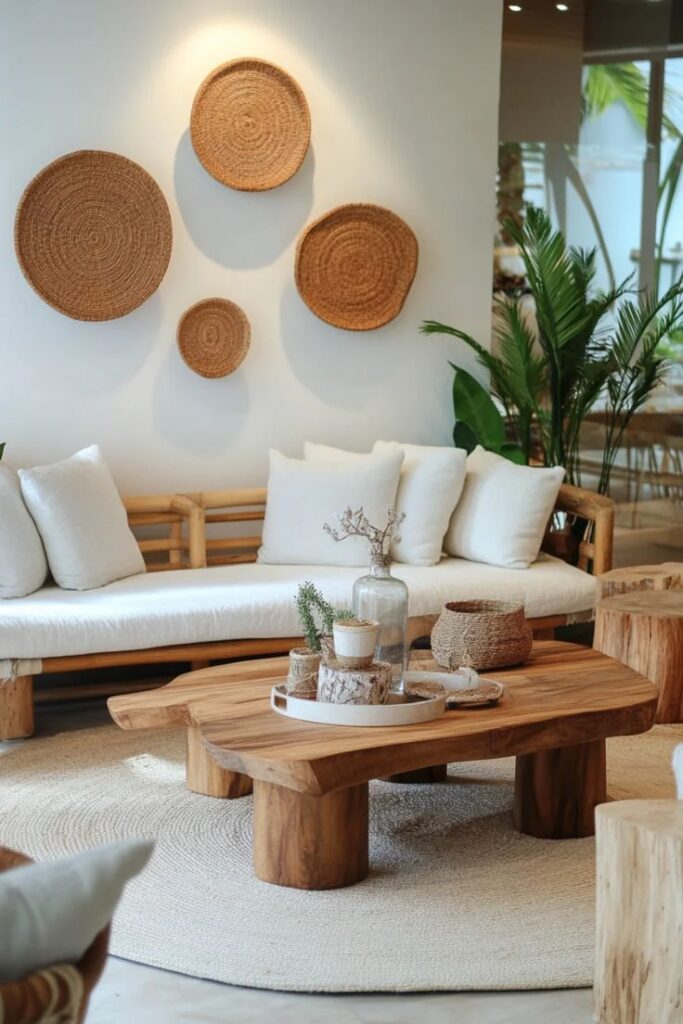
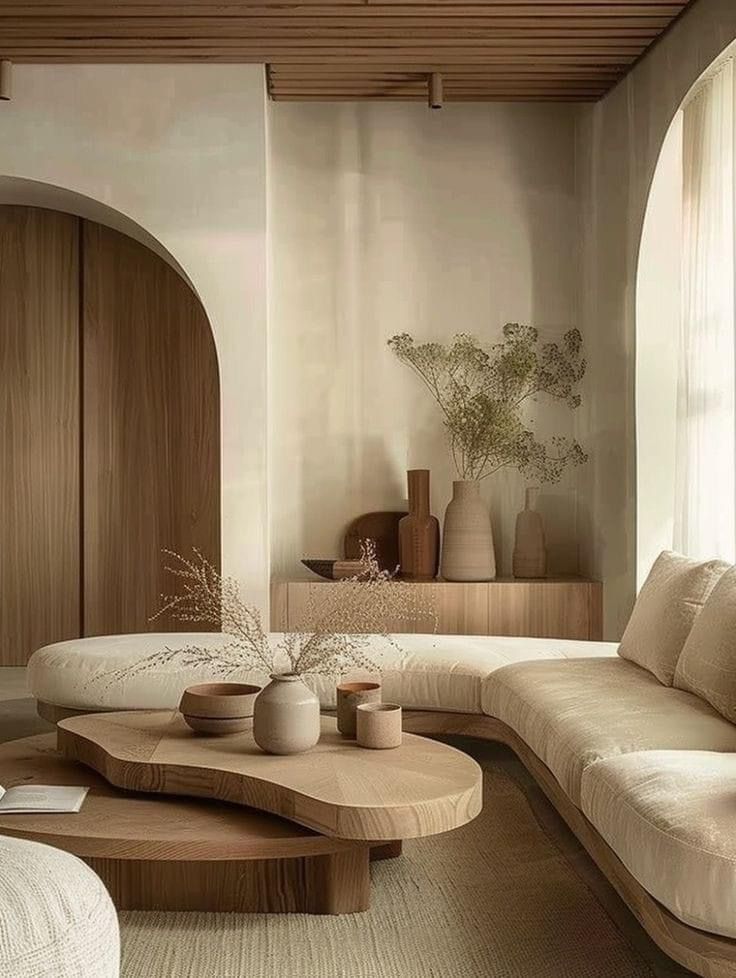
Using sustainable materials is a key trend in interior design. These materials reduce environmental impact and promote healthier indoor air. Examples include bamboo flooring, recycled glass tiles, and low-VOC paints.
Sustainable products often last longer and require less maintenance. This lowers costs over time and cuts down waste. Designers also use reclaimed wood and natural fibers to add character while supporting eco-friendly goals.
Choosing materials with certifications like FSC or GREENGUARD ensures they meet environmental standards. This gives buyers confidence in the products they select for their spaces.
Flexible Spaces
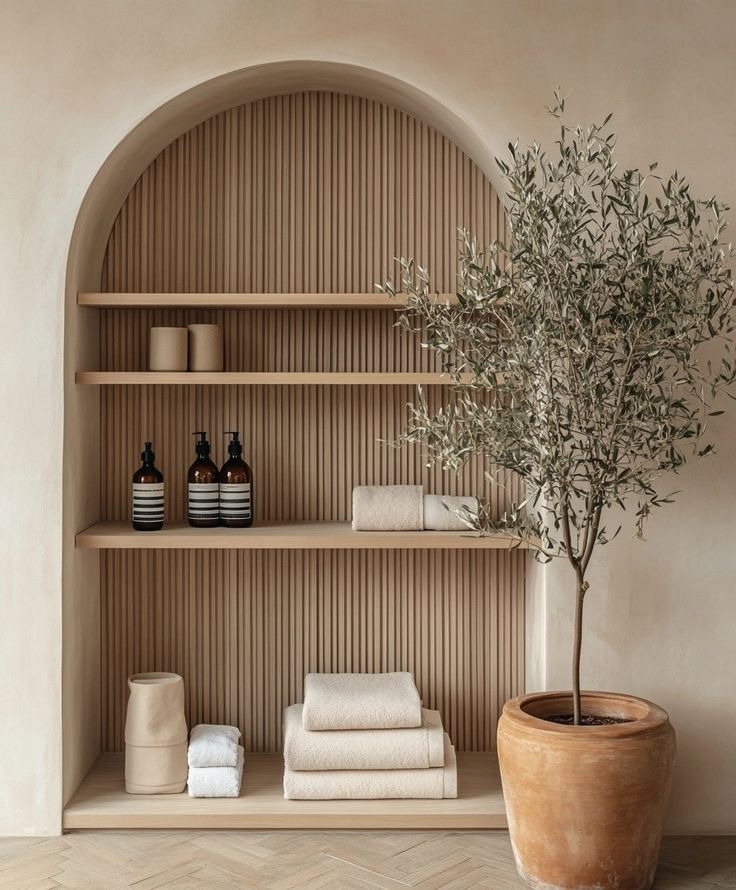

Flexible spaces adapt to different activities and users. This trend addresses needs in small homes, offices, and multi-use areas. Movable walls, foldable furniture, and modular setups make it easy to change room layouts.
For example, a living room might transform into a home office or a guest bedroom. This versatility maximizes space and functionality without costly renovations.
Designers use lightweight materials and smart storage to support flexibility. This allows users to quickly adjust their environment for work, relaxation, or socializing.
Design Approaches for Creative Interiors
Creative interior designs often focus on balancing function with style. They can use various methods to create spaces that feel fresh and inviting. Some styles emphasize simplicity, while others celebrate boldness or nature.
Minimalist Concepts
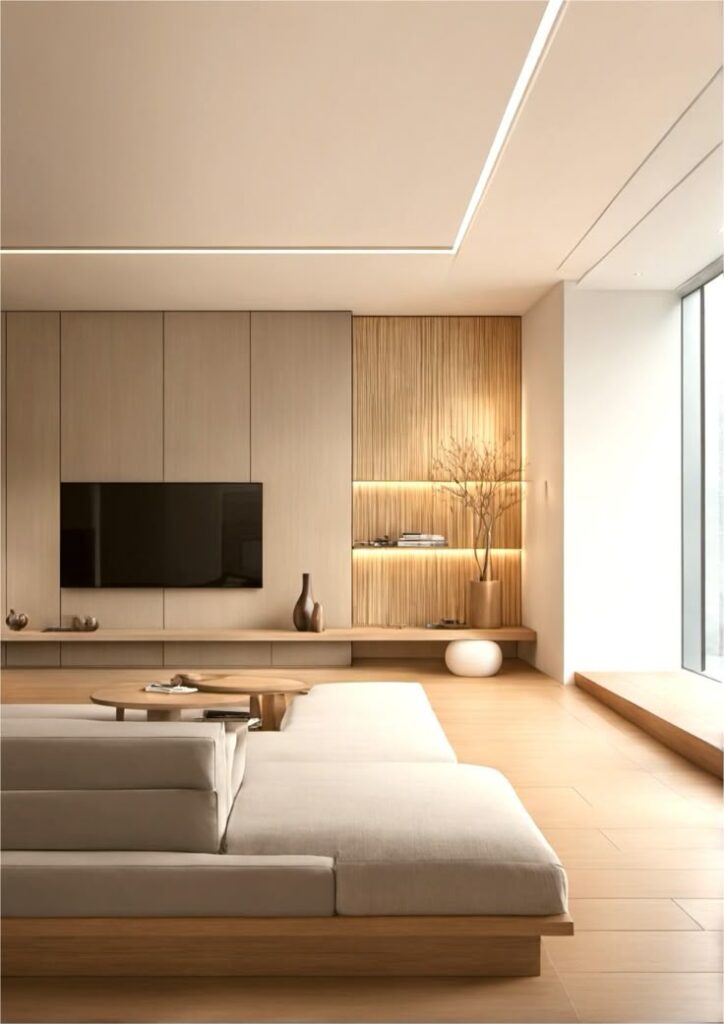
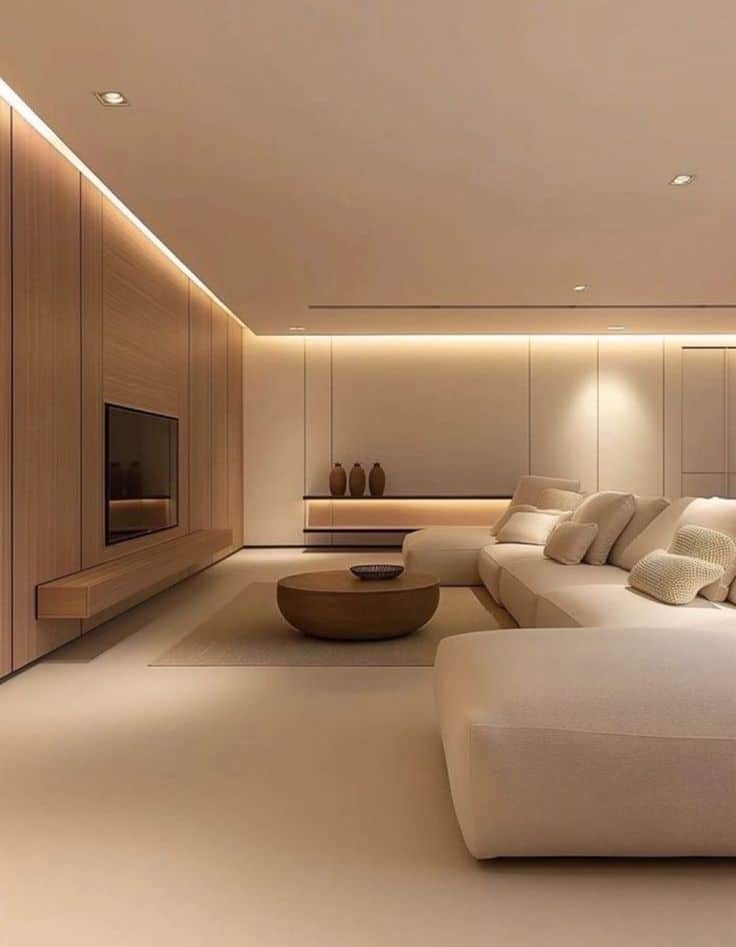
Minimalist design centers on the idea of “less is more.” It uses clean lines and simple forms to create uncluttered spaces. Furniture with sleek shapes and neutral colors like white, gray, or beige is common.
Storage solutions in minimalist interiors hide items to keep spaces tidy. Open areas allow light to flow freely, making rooms appear larger and more peaceful. Materials like glass, metal, and light wood help enhance this clean look.
This approach suits those who want calm surroundings and easy-to-maintain spaces. It avoids excessive decoration and focuses on essential items with clear function.
Maximalist Concepts
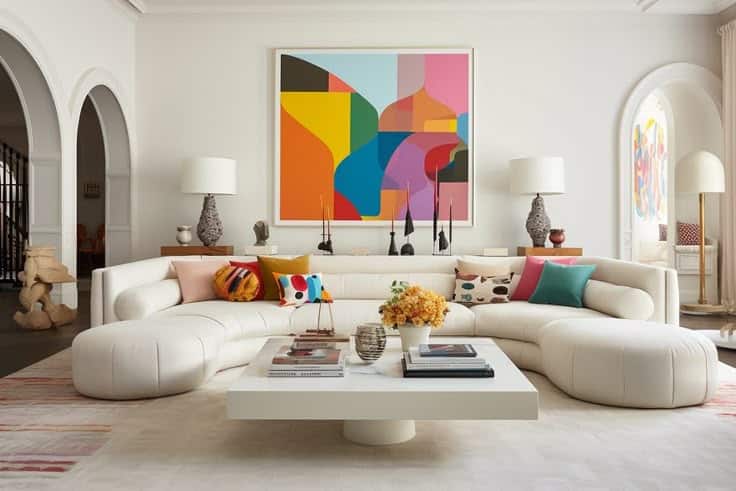
Maximalist interiors are rich in color, texture, and pattern. This style encourages layering bold fabrics, wallpapers, and artwork to create dynamic rooms. Mixing vintage and modern pieces adds visual interest.
Unlike minimalist designs, maximalism allows clutter but organizes it to feel intentional. Collectibles, books, and decorative objects are displayed to tell a story.
Maximalism is ideal for people who enjoy vibrant environments with personality. It invites experimentation, so no two rooms look exactly alike.
Biophilic Design
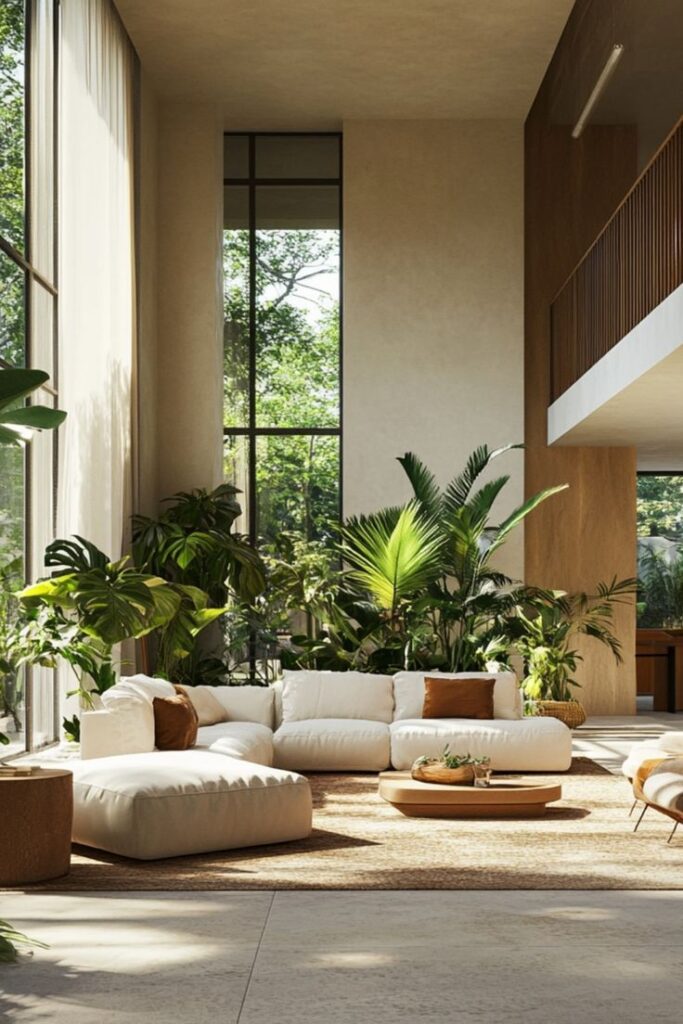
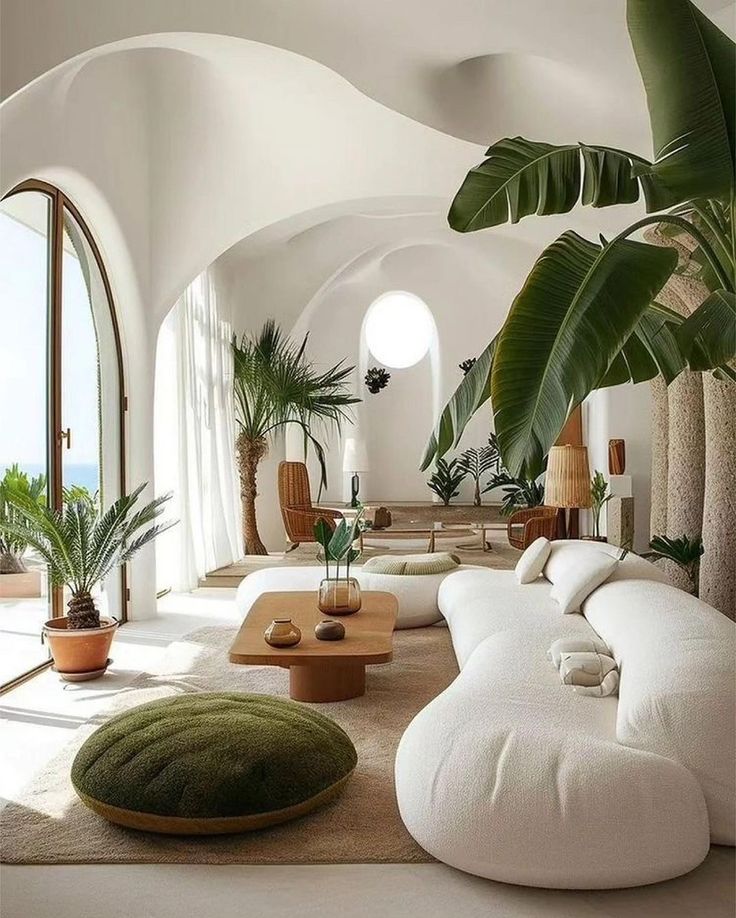
Biophilic design integrates natural elements into indoor spaces to improve well-being. It uses plants, natural light, water features, and organic materials like wood and stone.
This approach often includes large windows, green walls, or potted plants to connect occupants with nature. It helps reduce stress and enhance mood by bringing outdoor qualities inside.
People who want healthier, more relaxing interiors benefit from biophilic design. It combines aesthetics and function by making spaces feel alive and refreshing.
| Feature | Minimalist | Maximalist | Biophilic |
|---|---|---|---|
| Color Scheme | Neutral, muted | Bold, mixed | Earth tones |
| Decor | Sparse, functional | Rich, layered | Natural, organic |
| Materials | Glass, metal, wood | Mixed textures | Wood, stone, plants |
| Mood | Calm, clean | Energetic, artistic | Relaxing, natural |
Innovative Interior Materials and Finishes
New materials and finishes are changing how interiors look and feel. These options focus on sustainability, texture, and light control to improve spaces practically and aesthetically.
Eco-Friendly Choices
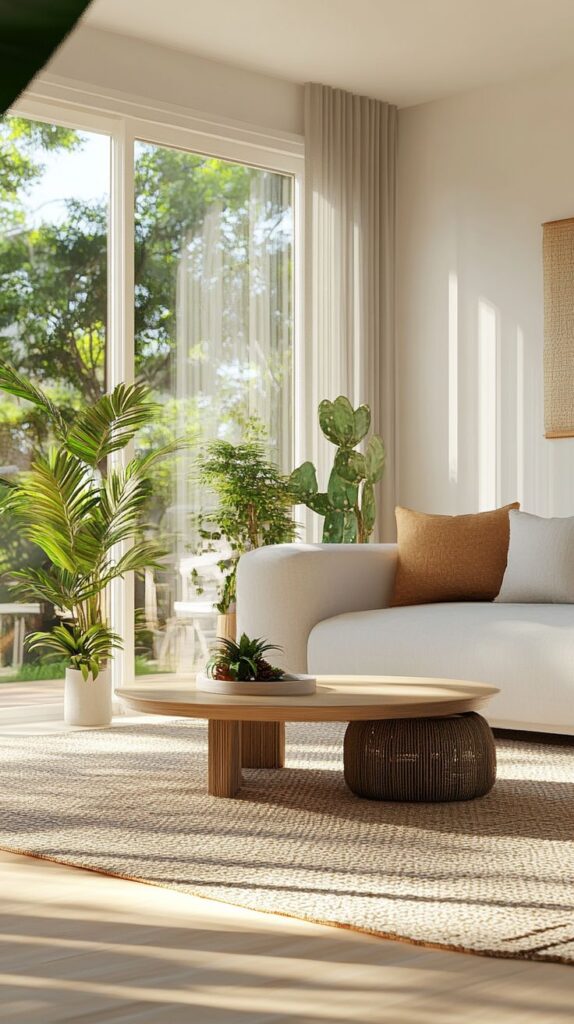
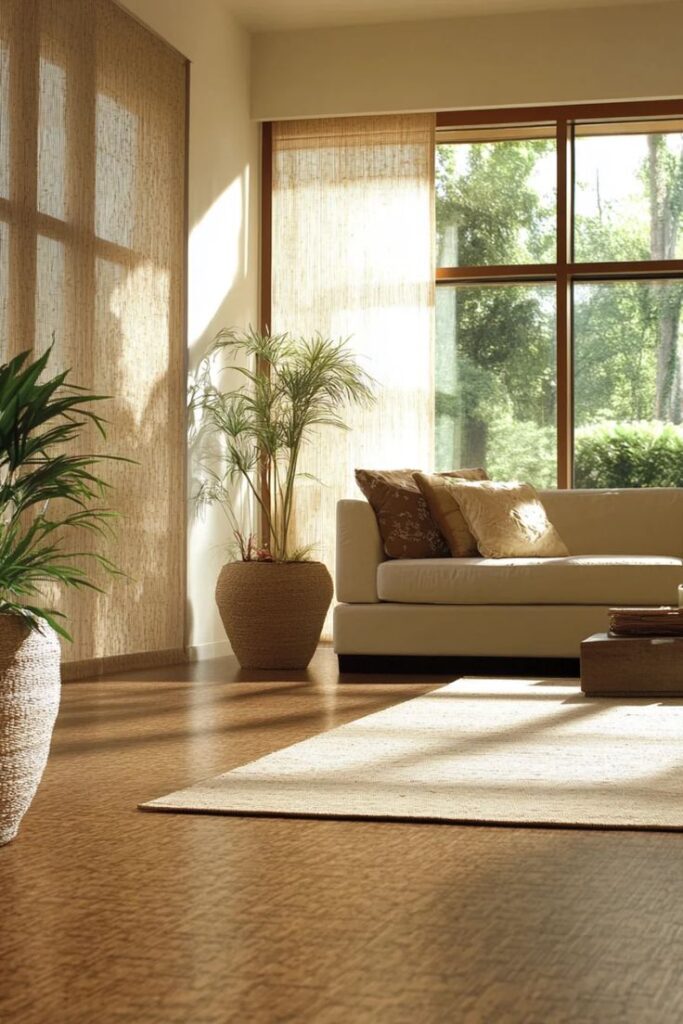
Eco-friendly materials help reduce environmental impact while keeping design beautiful. Bamboo and cork are popular for floors and walls because they grow fast and are durable.
Recycled glass and reclaimed wood are also common. They turn waste into stylish surfaces without using new resources. Low-VOC paints release fewer harmful chemicals, improving indoor air quality.
Using natural fibers like wool and cotton for upholstery makes spaces healthier. These materials are biodegradable and avoid synthetic chemicals. Overall, eco-friendly materials combine function with responsible design.
Advanced Textures
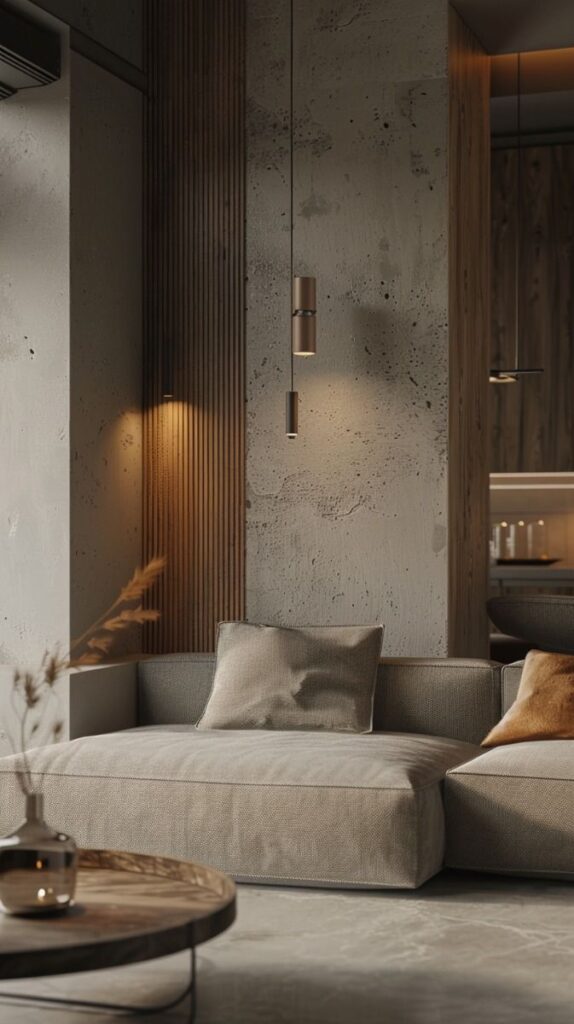
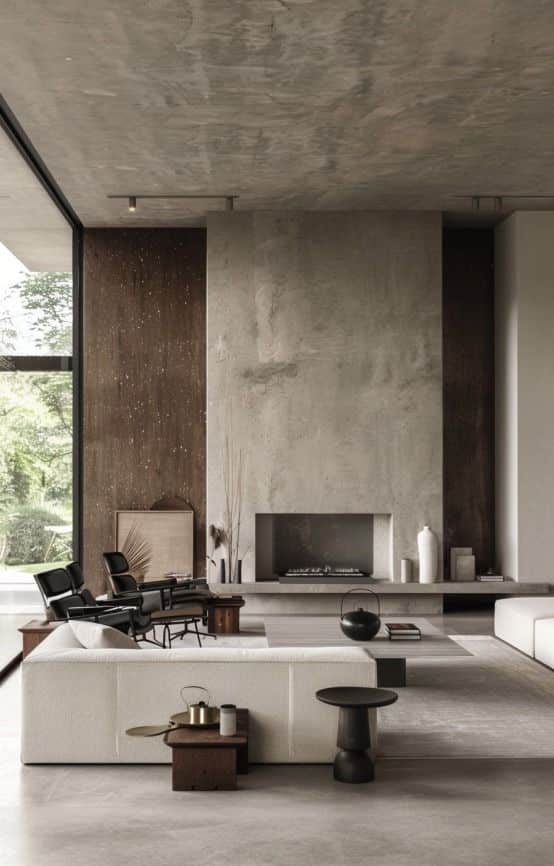
Advanced textures bring depth and interest to interior surfaces. 3D wall panels made of lightweight materials add a modern, sculptural element to rooms.
Soft-touch finishes, like suede paint, create a tactile experience that feels warm and inviting. Metallic surfaces, such as brushed aluminum and copper, reflect light differently based on angle and add visual contrast.
Textured wallpapers with raised patterns or natural fibers offer variety without complex installation. These options allow designers to play with sight and touch to enhance atmosphere and comfort.
Adaptive Lighting Solutions
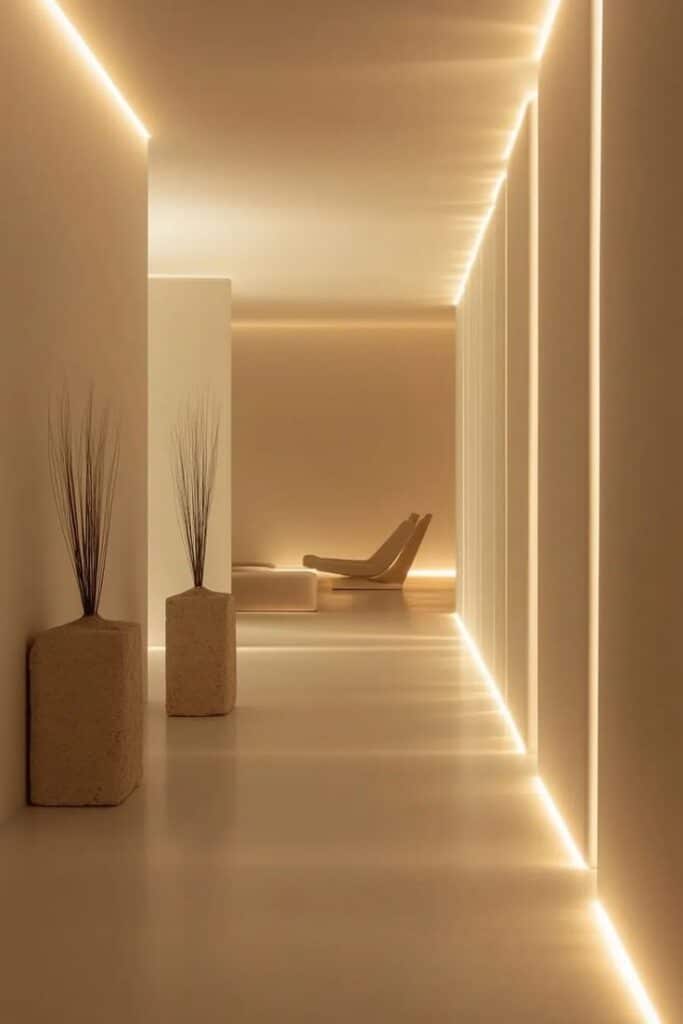
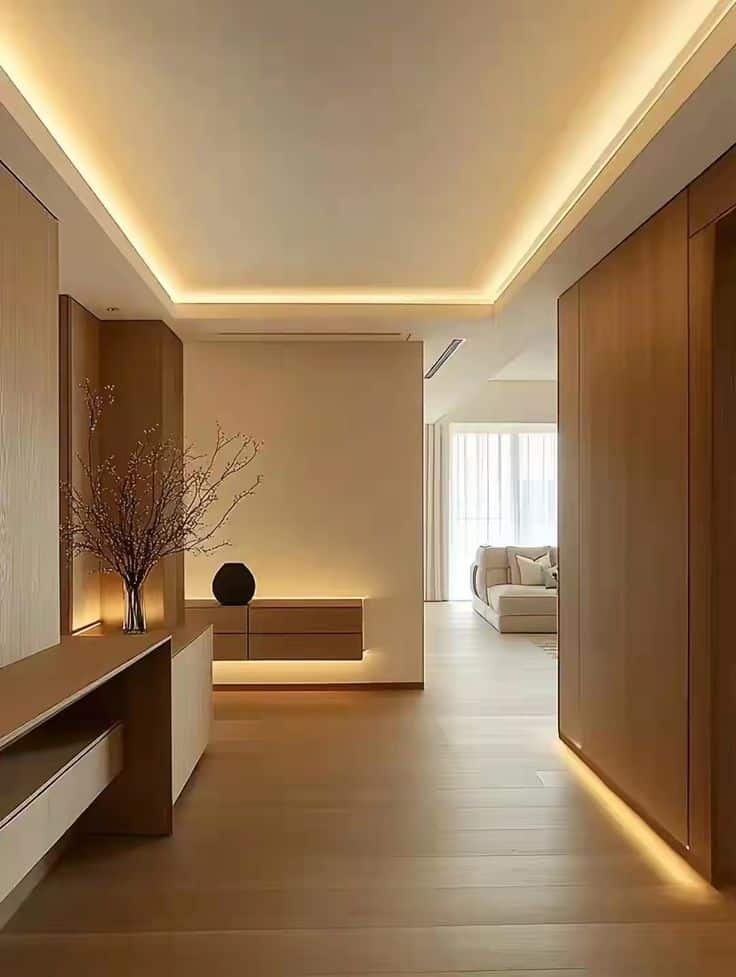
Adaptive lighting uses technology to adjust brightness and color to fit different moods and times of day. Smart bulbs can shift from warm to cool tones automatically.
Dimmable LEDs allow precise control, letting users soften light in the evening or brighten work areas during the day. Some systems connect to apps or voice controls for easy customization.
Light-diffusing materials, like frosted glass and translucent panels, help distribute light evenly. These finishes reduce glare and create a softer environment suited to various activities.
Transformative Space Planning
Effective use of space can change how a room functions and feels. This includes designing areas for multiple purposes and incorporating flexible boundaries to adjust the room layout easily.
Multi-Functional Areas
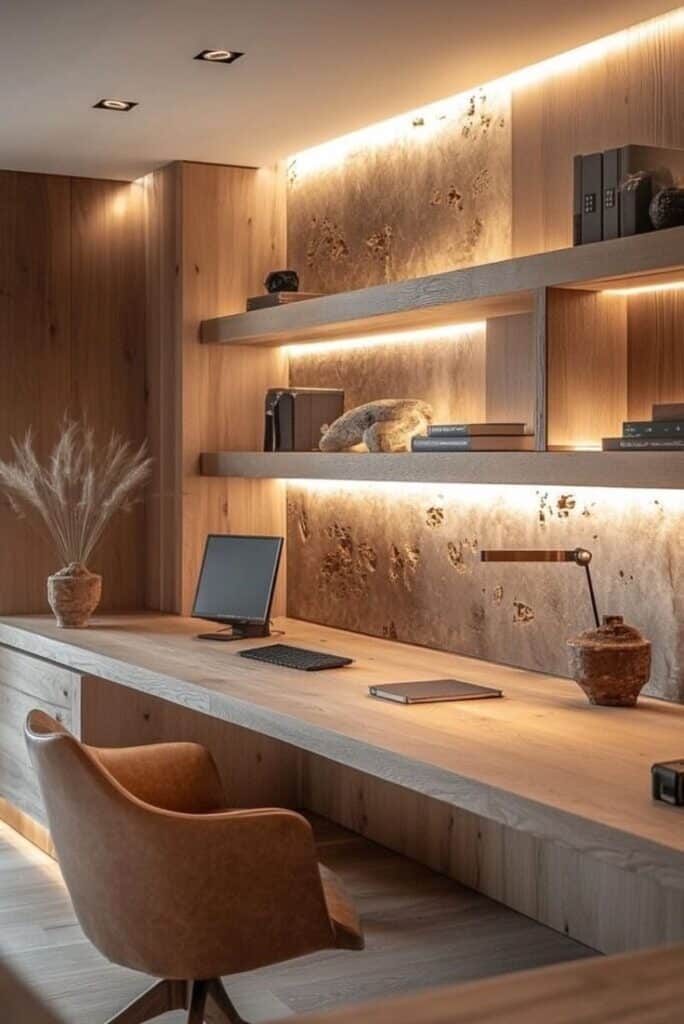
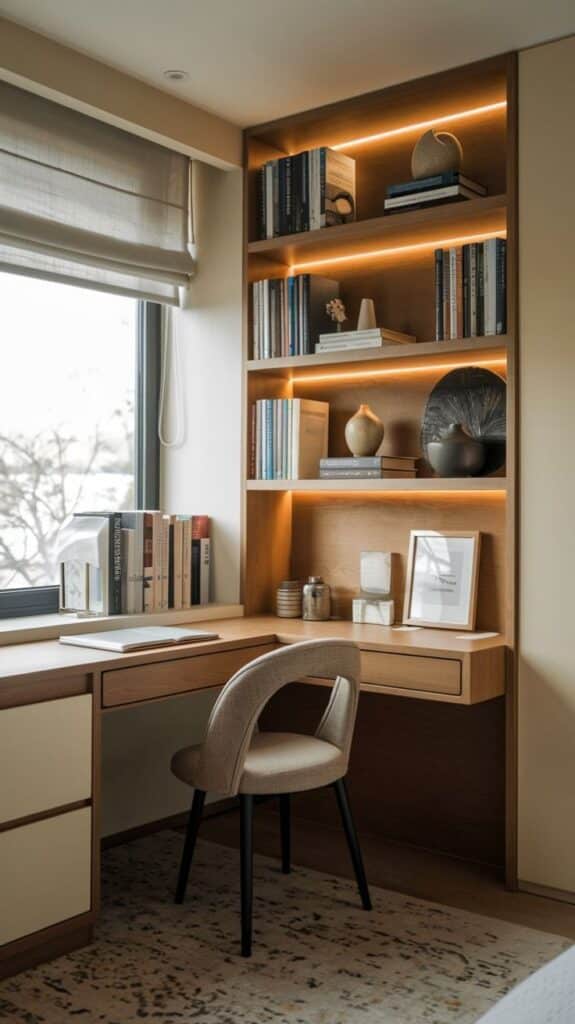
Creating spaces that serve more than one function adds value, especially in smaller homes. For example, a dining table might double as a work desk during the day. This reduces the need for extra furniture and keeps the area uncluttered.
Furniture that folds away or has built-in storage supports these multi-use designs. Sofas with pull-out beds or ottomans with hidden compartments allow the space to switch roles quickly. Lighting also plays a role, with adjustable fixtures helping to create appropriate atmospheres for different activities.
Adaptive Room Dividers
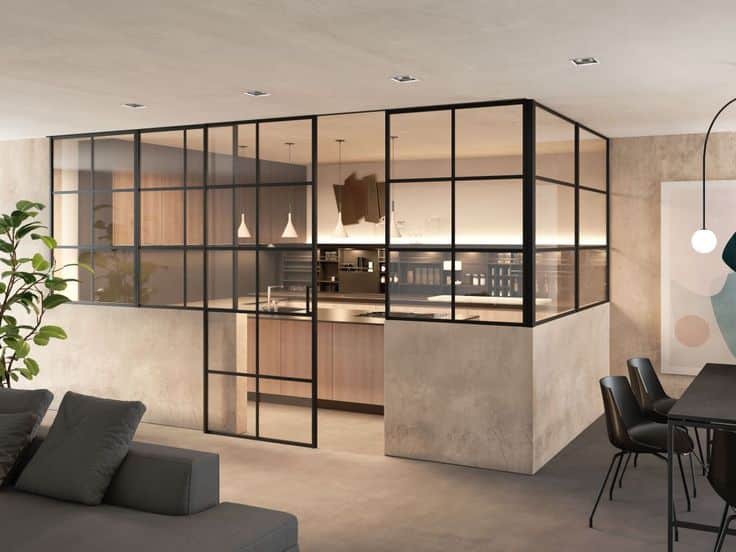
Room dividers that move or transform help reshape open spaces without permanent walls. Sliding panels or folding screens can create privacy on demand. These dividers are ideal for separating a living room from a workspace or temporary guest area.
Materials and styles vary, from glass panels that maintain light flow to solid ones that block sound and view. Some dividers include shelves or hooks, adding extra storage. Their flexibility allows spaces to be personalized easily, matching changing needs throughout the day or year.
Innovative Furniture and Décor Elements
Innovative interior design often uses furniture and décor that add both function and style. These items stand out by adapting to changing needs or by drawing attention with unique designs. This approach helps create spaces that are practical and visually interesting.
Modular Furniture
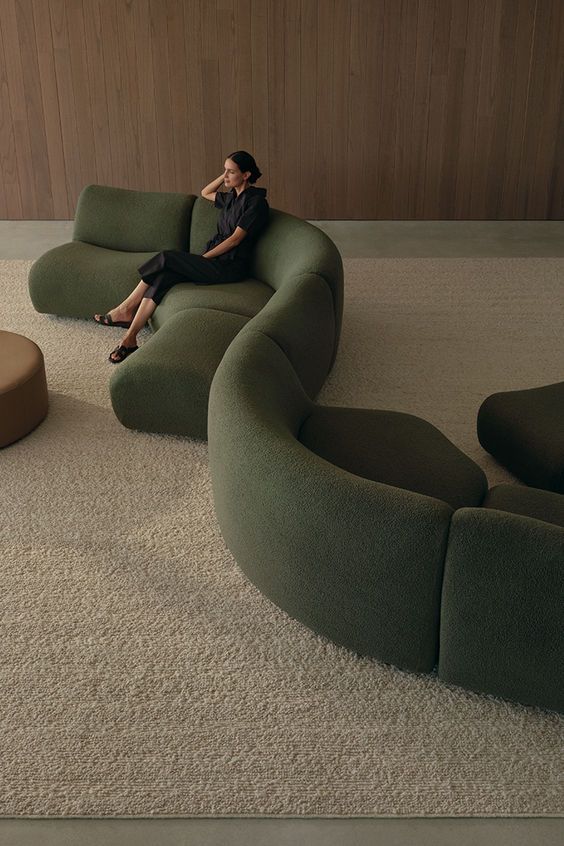
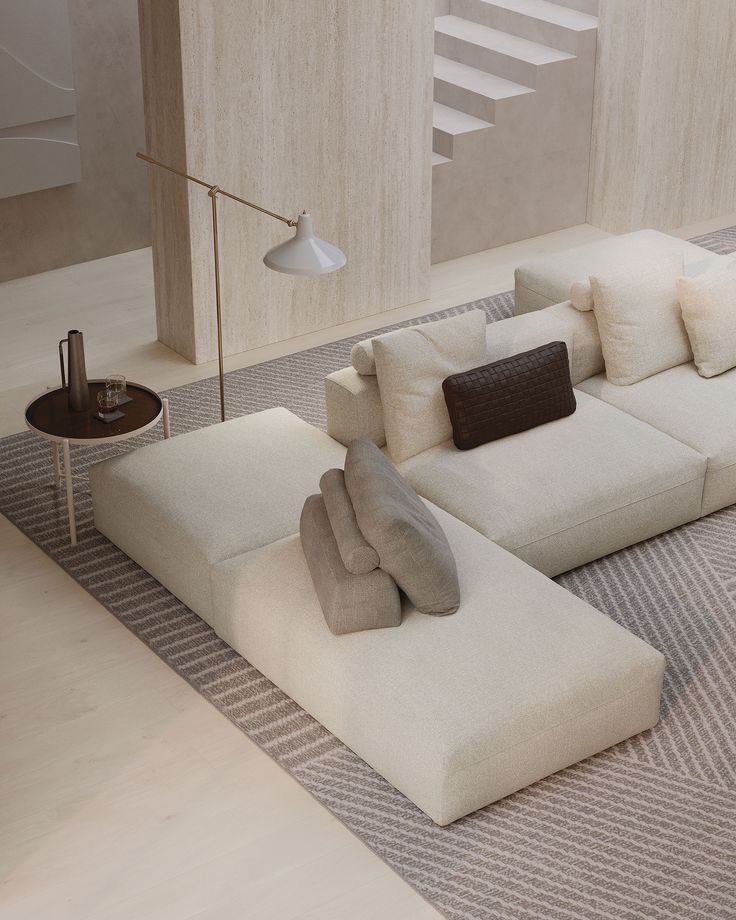
Modular furniture consists of separate pieces that can be arranged in different ways. It offers flexibility for changing room layouts or new functions.
People choose modular sofas, shelves, or tables because they fit many spaces and needs. For example, a modular sofa can turn into a guest bed or section off a room. Materials often focus on durability and ease of cleaning, like leather or easy-wipe fabrics.
This kind of furniture can save space and adapt as a household grows or changes. It encourages creativity in room design without needing to buy new furniture every time.
Statement Pieces
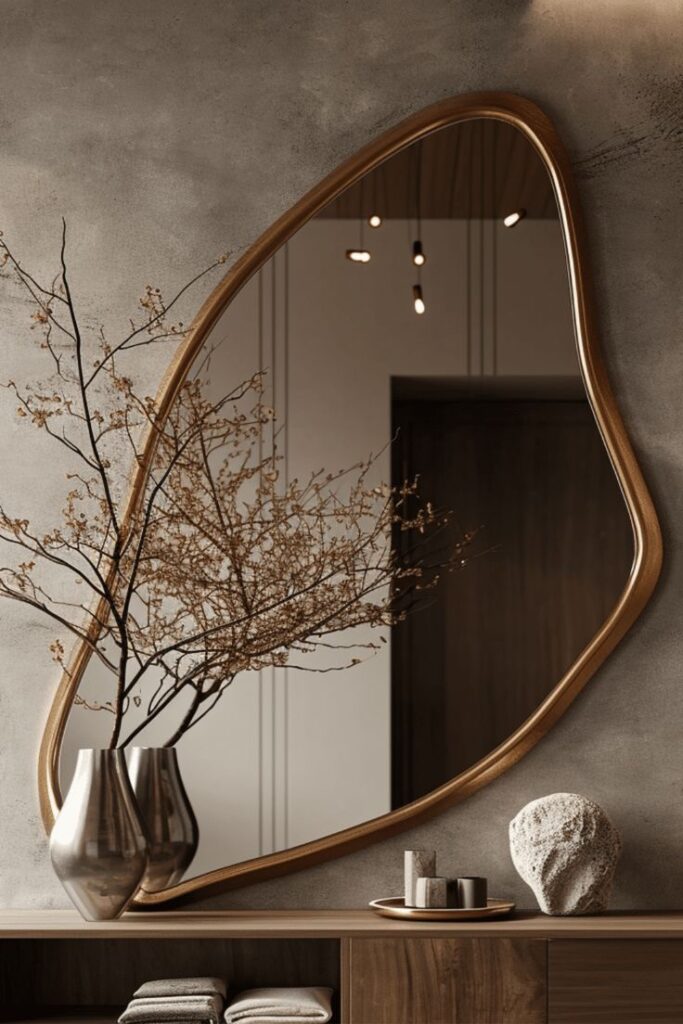
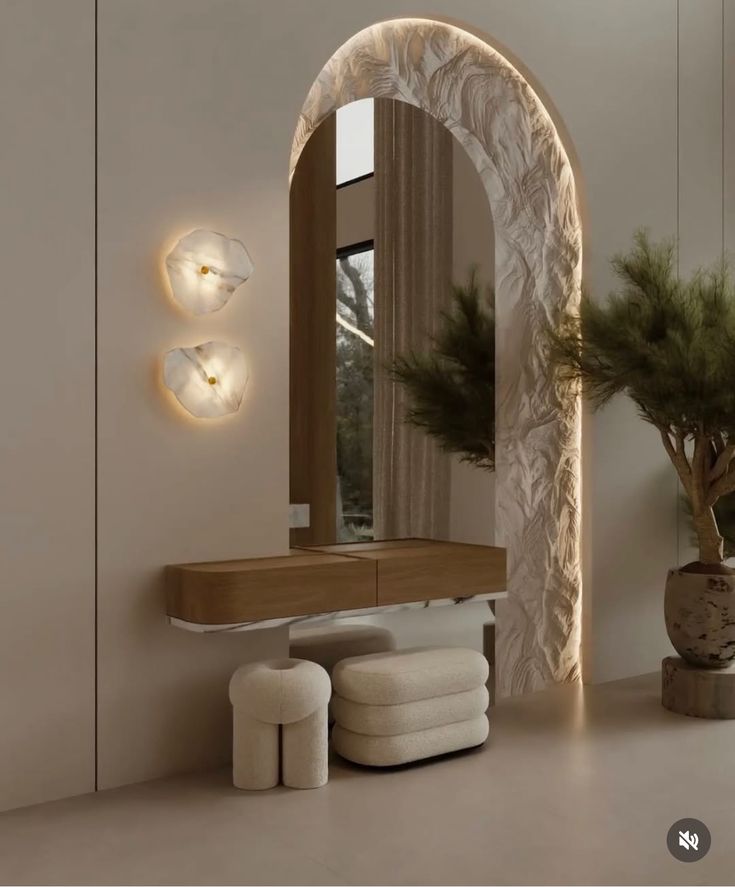
Statement pieces are bold objects designed to catch attention and set the tone of a room. They often use bright colors, unusual shapes, or interesting materials.
These pieces can be a large painting, a sculpture, or a custom-made chair. Unlike modular furniture, statement pieces usually don’t change shape or function but create a strong visual impact.
Choosing a statement piece helps anchor the décor and gives a room character. It often reflects the owner’s personality or interests, making the space feel unique and personal.
Cutting-Edge Technology in Interior Design
New technology in interior design helps make spaces more comfortable and efficient. It allows for personalized choices and smart control systems that adjust settings automatically.
AI-Powered Personalization
AI technology studies user habits and preferences to create tailored interior designs. It analyzes data like lighting needs, color choices, and furniture styles.
This helps designers suggest options that match a person’s lifestyle. For example, AI can recommend the best furniture layout based on room dimensions and daily activities.
AI tools also update designs over time, learning how residents use spaces. This ongoing adjustment improves comfort and function without manual input.
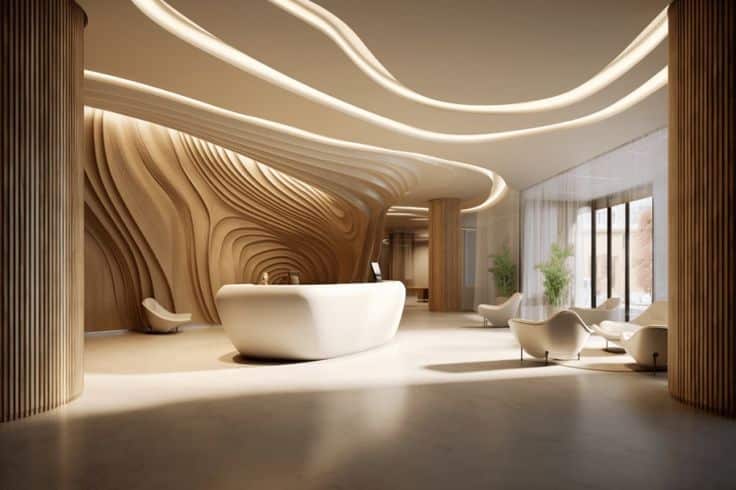
Home Automation
Home automation integrates devices to control lighting, temperature, and security remotely. Users can operate systems using smartphones or voice commands.
Automated schedules adjust environments based on time of day or occupancy. For instance, lights can dim in the evening or heat can lower when no one is home.
This technology increases energy efficiency by reducing waste. It also adds convenience and safety by connecting cameras and alarms to a central hub.
Key home automation features:
- Smart thermostats
- Automated lighting
- Remote security monitoring
- Voice control systems
Implementing Innovative Concepts in Residential Spaces
Innovative designs in homes focus on improving usability and style. Custom lighting, flexible furniture, and smart tech play crucial roles in creating functional and attractive rooms.
Living Room Transformations
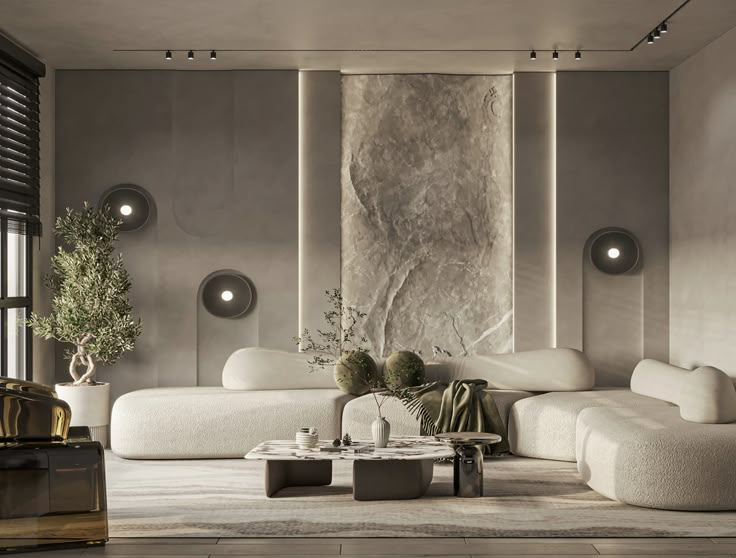
Living rooms benefit from furniture that adjusts to different needs, like modular sofas and foldable tables. These pieces allow easy change between relaxation, work, and social activities.
Lighting is key to a modern living space. Layered lighting using dimmable LEDs, spotlights, and natural light sources creates mood and improves comfort.
Smart devices such as voice-controlled assistants and automated blinds enhance convenience. Use of built-in storage also keeps the room tidy without sacrificing design.
Kitchen and Dining Revamps
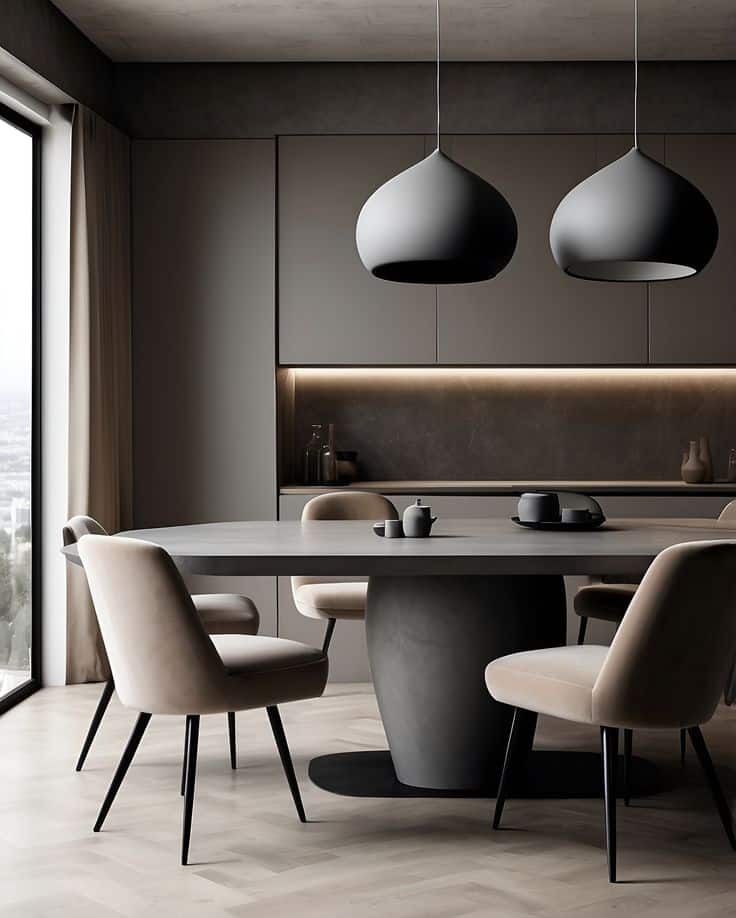
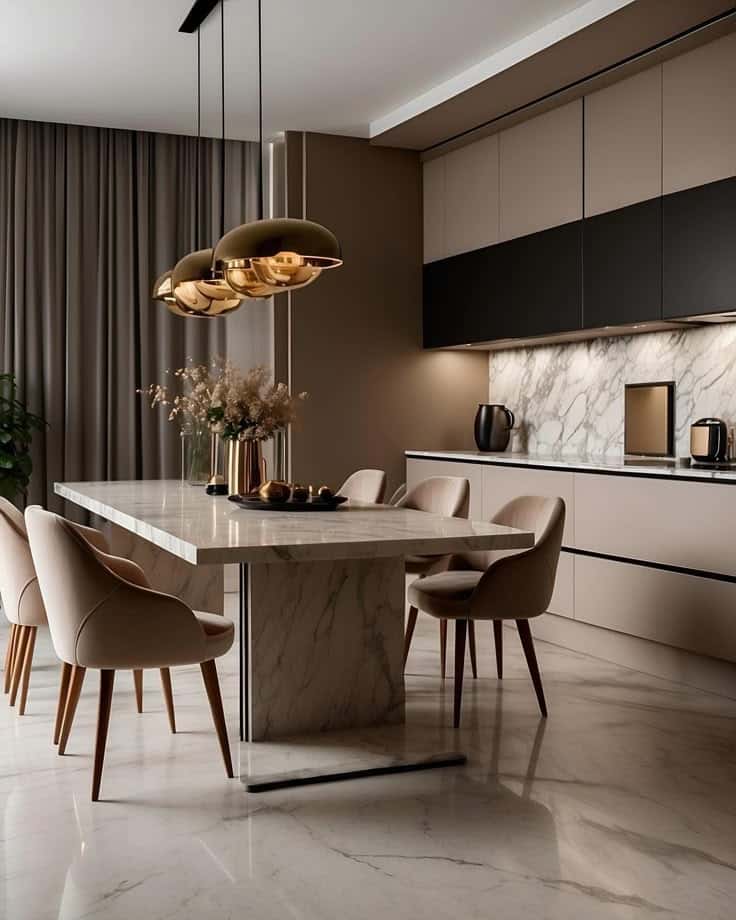
Kitchens gain efficiency through open shelving and pull-out cabinets, making items easier to access. Mixing materials like wood and metal adds texture and modern appeal.
Dining areas often include flexible seating, such as extendable tables and stackable chairs. These allow adjustment for daily use or larger gatherings.
Tech integration, like smart appliances and touchless faucets, speeds up tasks and supports hygiene. Proper lighting over counters and dining spaces improves visibility and atmosphere.
Commercial Applications of Innovative Interior Concepts
Innovative interior concepts improve functionality and experience in business spaces. They help make environments more efficient, attractive, and tailored to specific needs.
Workplace Environments
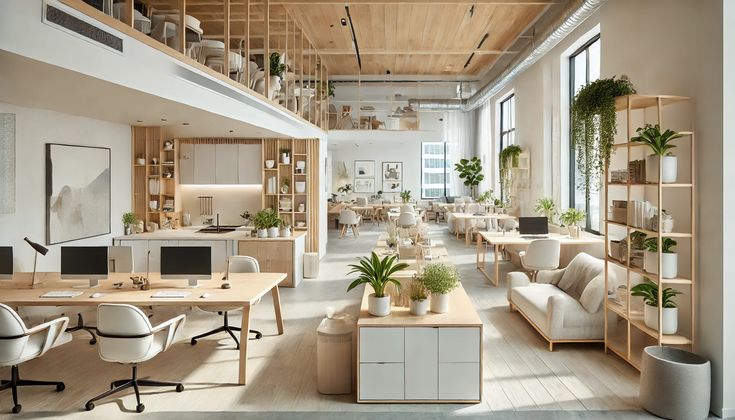
In workplaces, new interior ideas focus on flexibility and worker well-being. Adjustable furniture, like sit-stand desks, support different work styles and reduce health risks. Open layouts encourage collaboration, while quiet zones provide space for focused tasks.
Natural light and plants are common features, improving mood and productivity. Smart technology controls lighting and temperature automatically, saving energy and creating comfort. Color schemes are chosen to reduce stress or boost creativity.
Safety and accessibility are also priorities. Designs include clear pathways, ergonomic seating, and easy access to emergency exits. These elements support a safe, comfortable, and productive workspace.
Retail and Hospitality
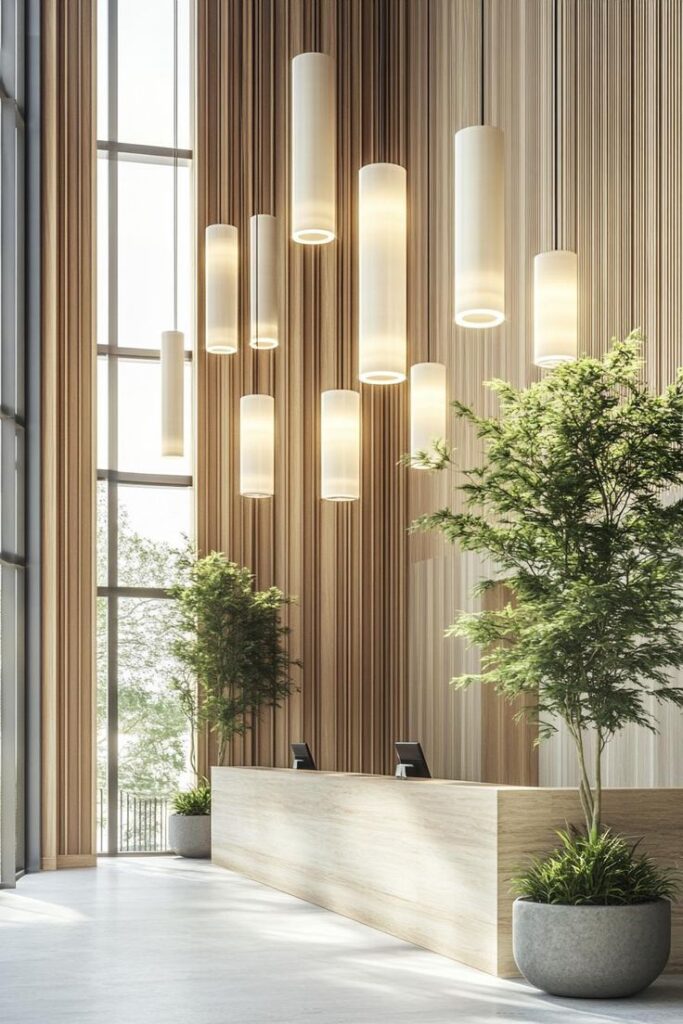
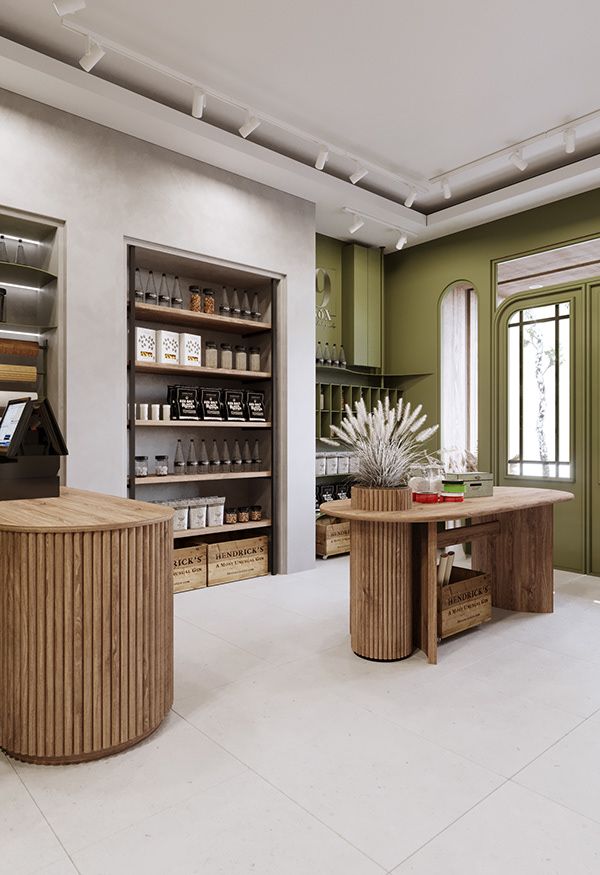
Retail and hospitality use innovative interiors to attract customers and enhance their experience. Stores use flexible displays that adapt for promotions or seasonal changes. Lighting highlights products and sets moods that influence buying decisions.
Hotels and restaurants design spaces for comfort and efficiency. Modular furniture allows easy rearrangement for events or different group sizes. Materials are chosen for durability and ease of cleaning without sacrificing style.
Technology plays a role with self-service kiosks or smart booking systems integrated into the design. Soundproofing and thoughtful layout improve guest privacy and reduce noise, making visits pleasant and practical.
Future Directions for Interior Innovation

Interior design is moving toward greater use of smart technology. Homes and offices will include devices that adapt to user needs automatically. This can improve comfort and energy efficiency without extra effort.
Sustainability remains a key focus. Designers are using more eco-friendly materials such as recycled wood and low-impact paints. This helps reduce environmental damage while maintaining style.
Flexible spaces are becoming more popular. Furniture that changes shape or purpose supports smaller living areas. It allows rooms to serve multiple functions easily.
The use of virtual and augmented reality is growing. These tools help clients visualize design changes before they are made. This improves decision-making and reduces costly mistakes.
Key trends to watch:
| Trend | Description | Benefit |
|---|---|---|
| Smart automation | Devices react to user behavior | Comfort, energy savings |
| Sustainable materials | Eco-friendly building choices | Environmental protection |
| Flexible furniture | Multi-use pieces | Space efficiency |
| VR/AR visualization | Virtual previews of designs | Better client feedback |
New interior concepts will blend technology, sustainability, and flexibility. This creates spaces that are not just stylish but also practical for future needs.
- 914shares
- Facebook0
- Pinterest914
- Twitter0
- Reddit0


